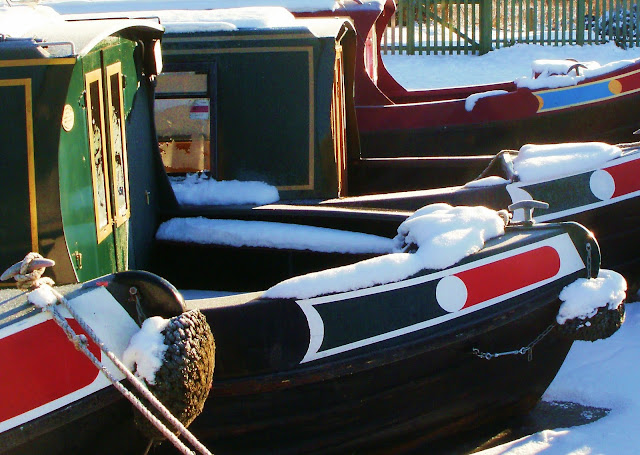
Seventy years ago Herbert Mason, chief photographer for the Daily Mail, took what has become one of the iconic images of WWII. On 29 December 1940 the Luftwaffe dropped on London 120 tons of explosive and over 20,000 incendiary bombs. Eight of Wren's churches perished, and his great cathedral escaped only very narrowly. More than two dozen incendiaries fell on and about St Paul's. One temporarily lodged in the wooden trusses of the dome, and it was only when the bomb dropped onto the Stone Gallery that the cathedral was saved.
Mason took his photograph from the roof of the Mail's offices near Fleet Street, about half a mile from Wren's masterpiece. The image wasn't published for two days whilst the propagandists sought to determine its likely impact on morale. It has at times been suggested that it may have been doctored in the darkroom to darken the smoke of the very real fires, and thus emphasize the sense of a phoenix arising from the flames.





















